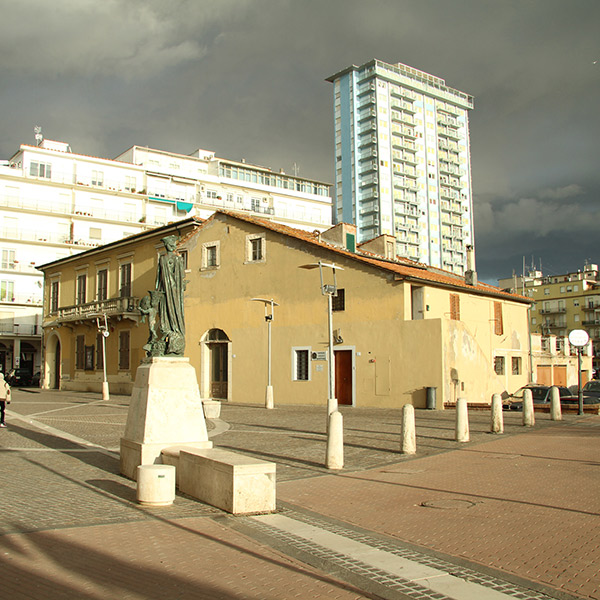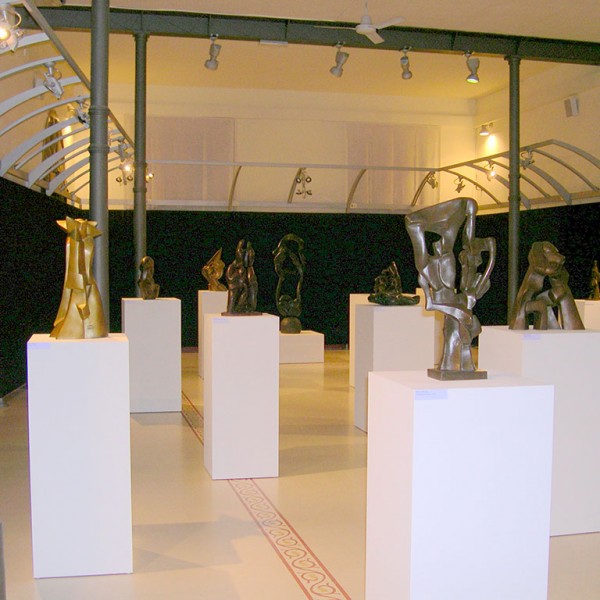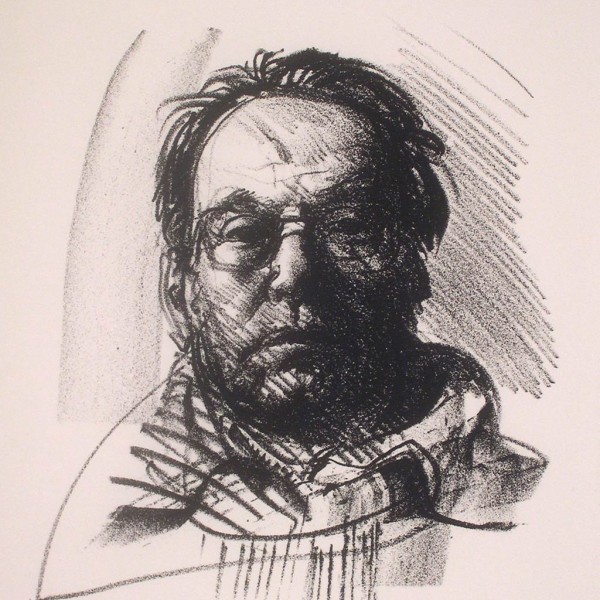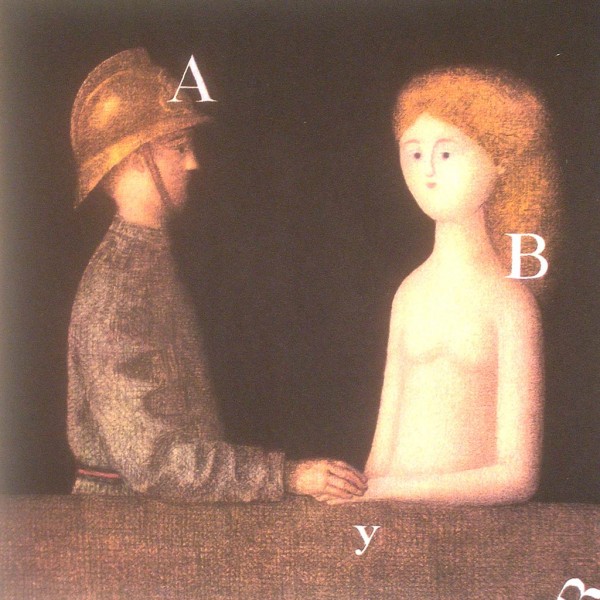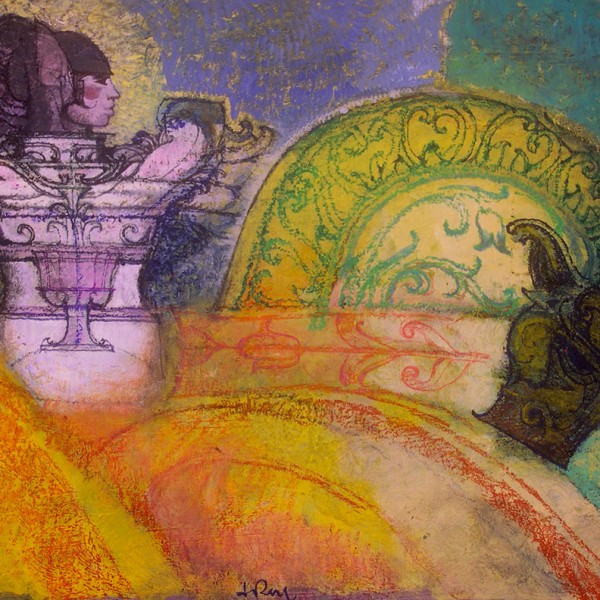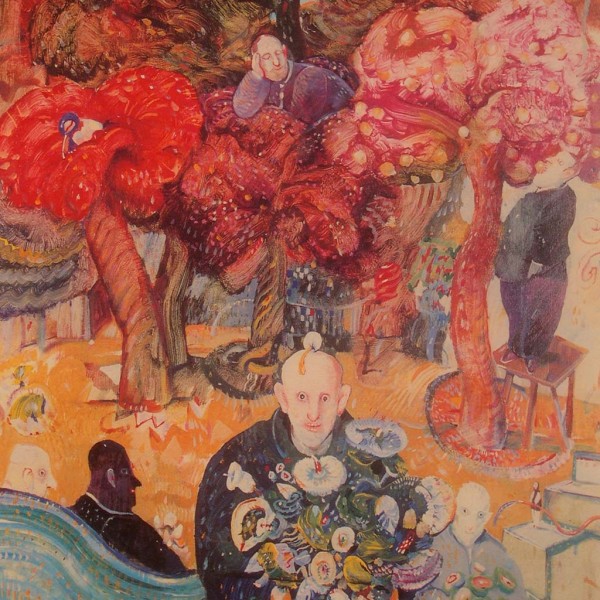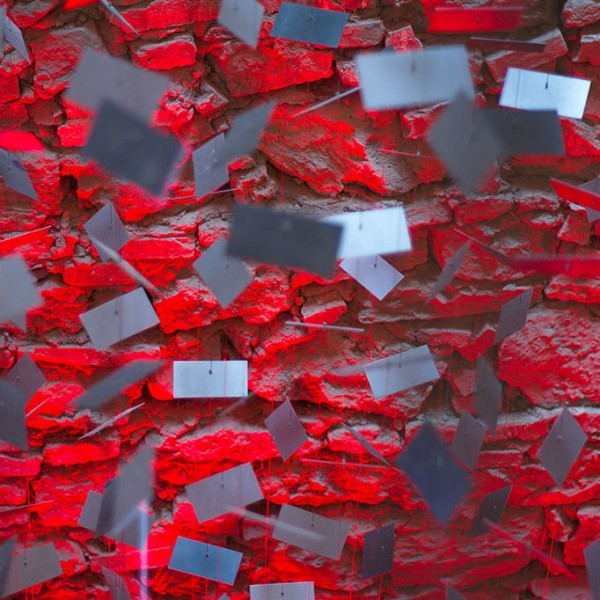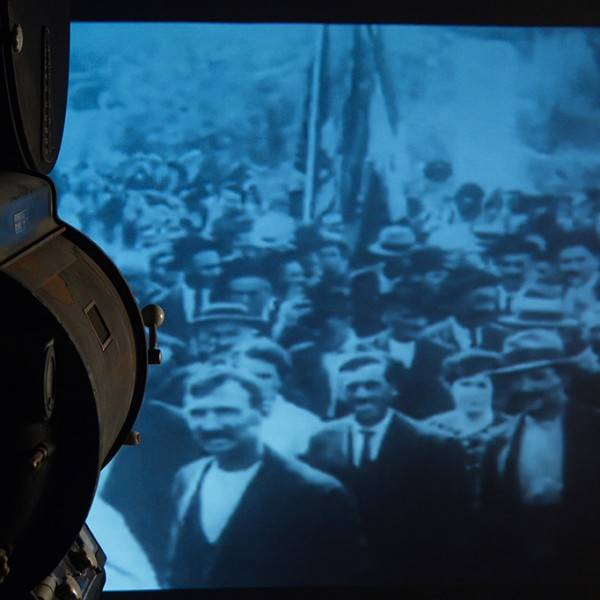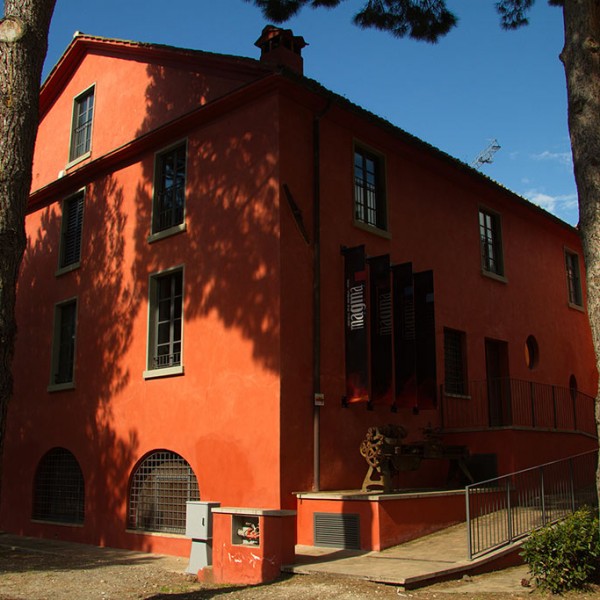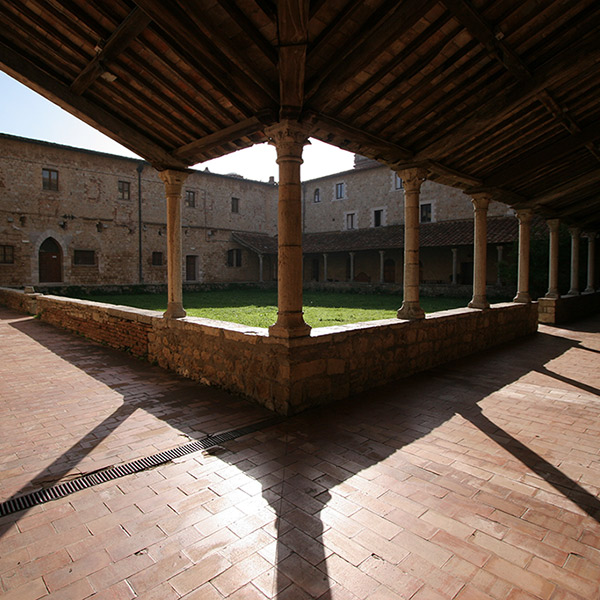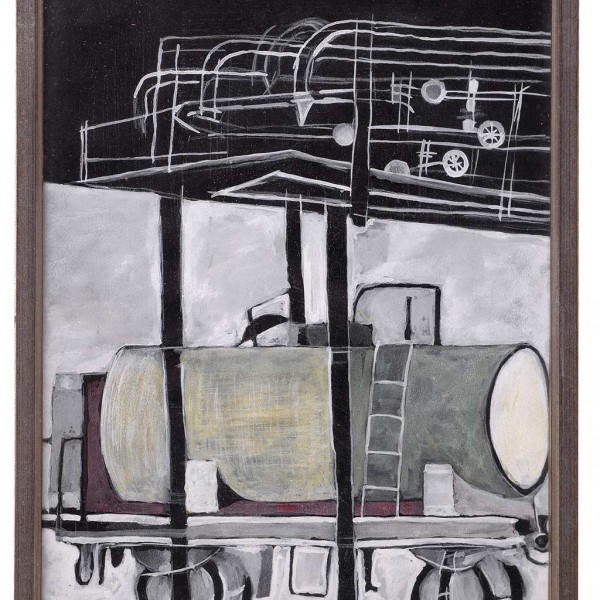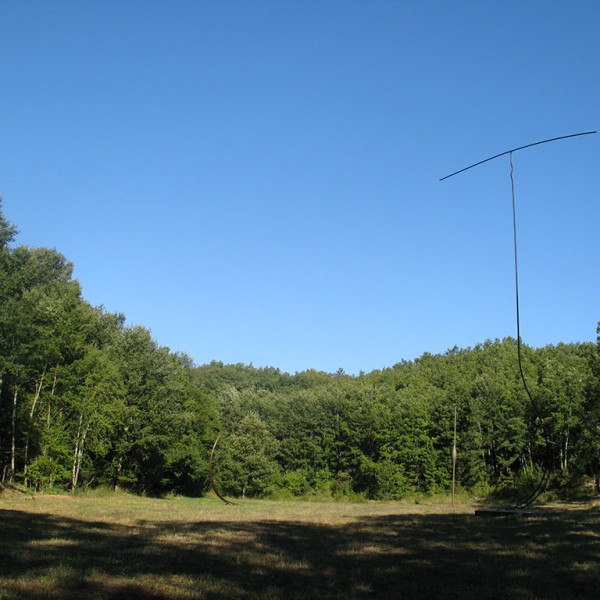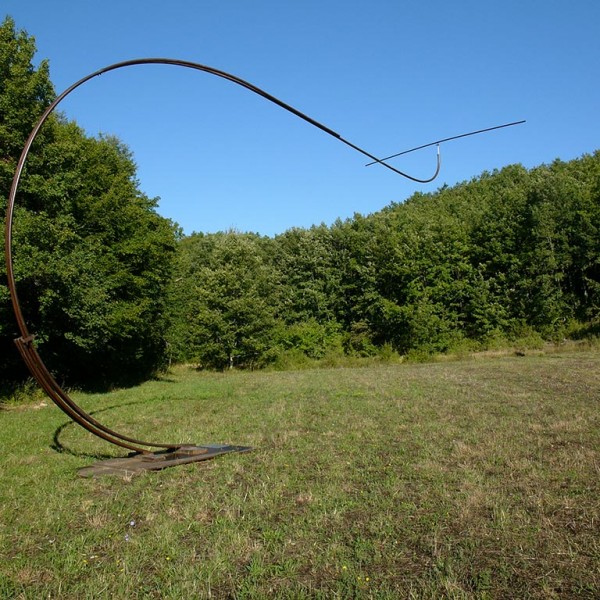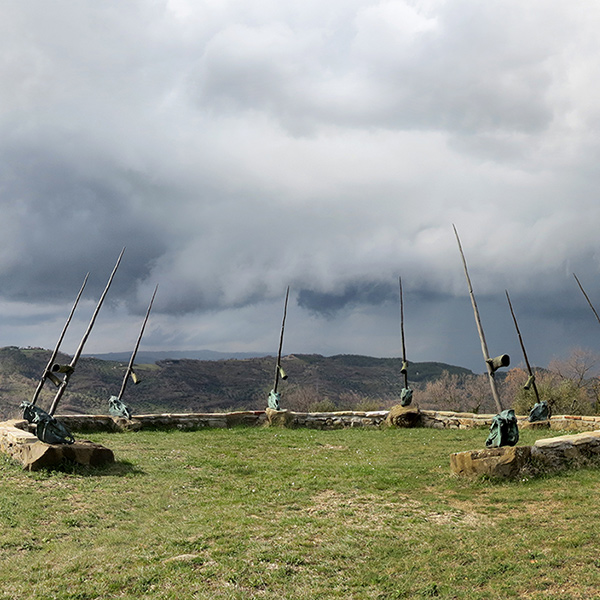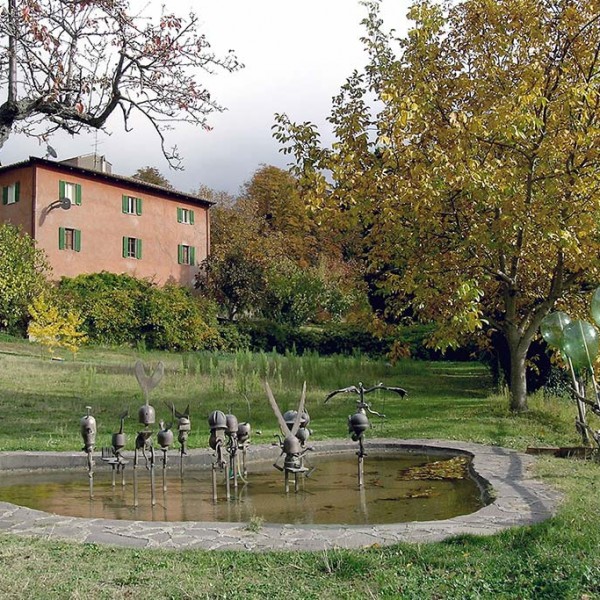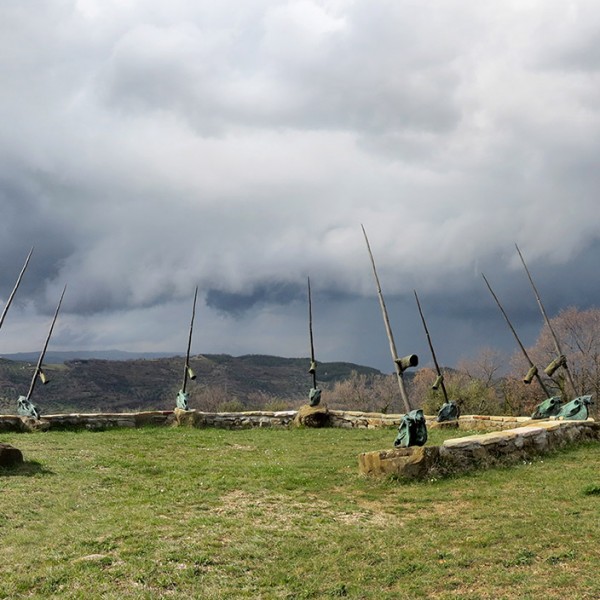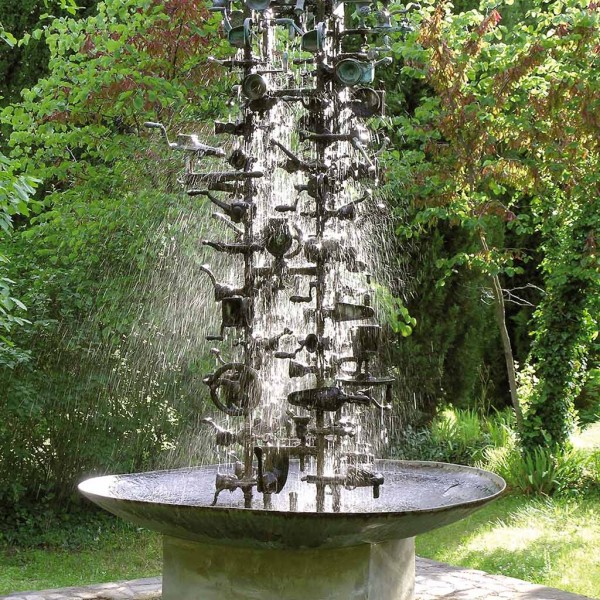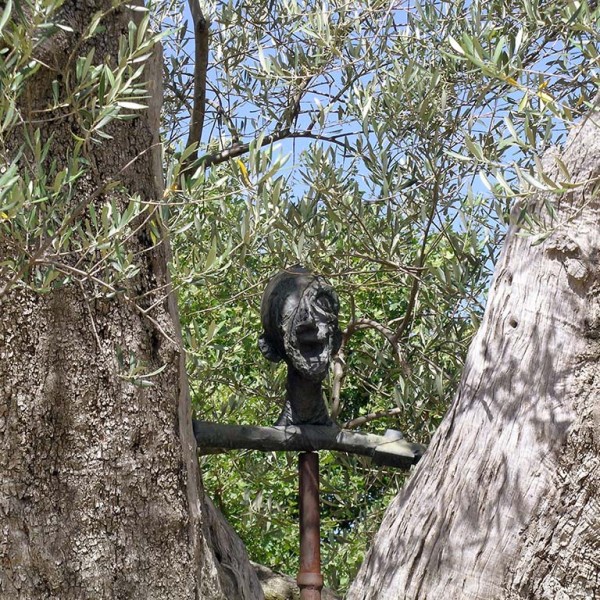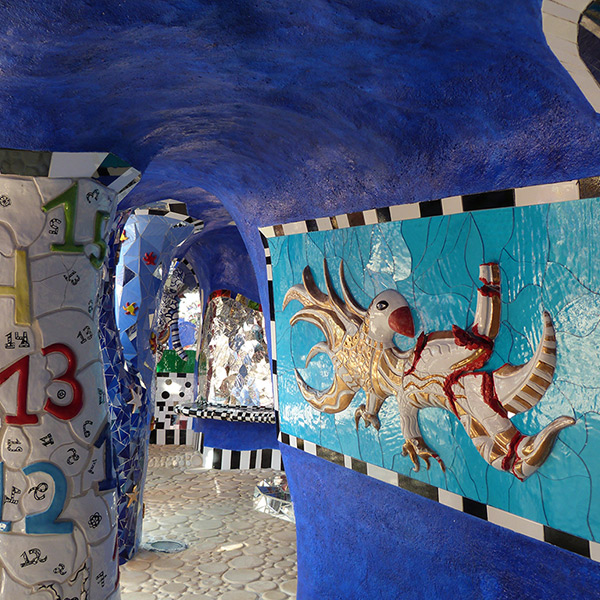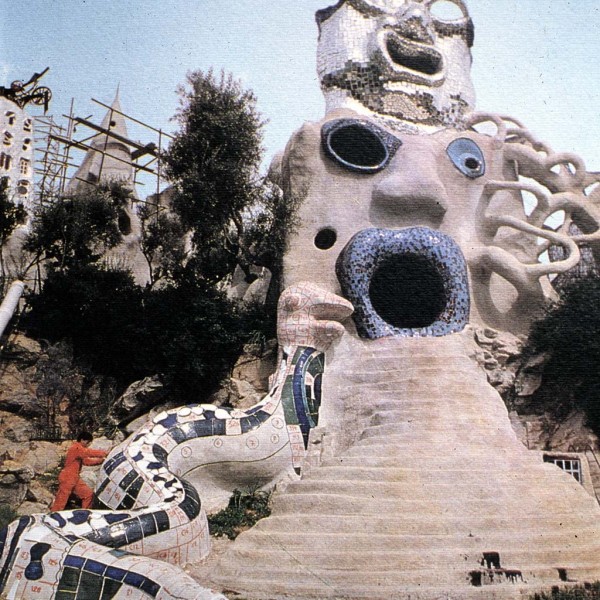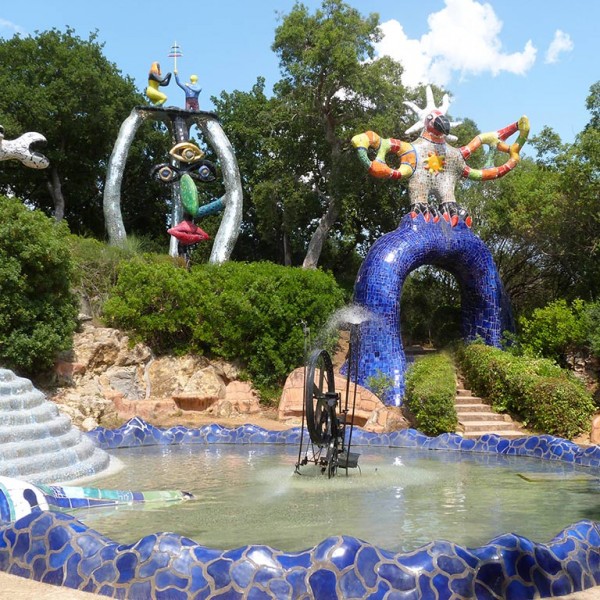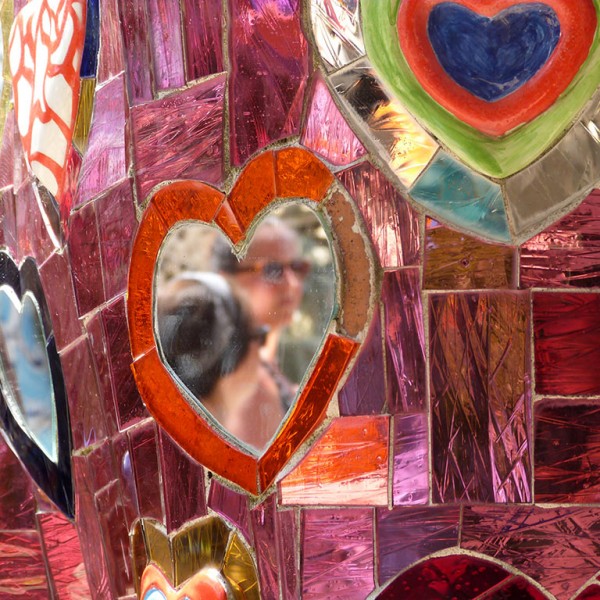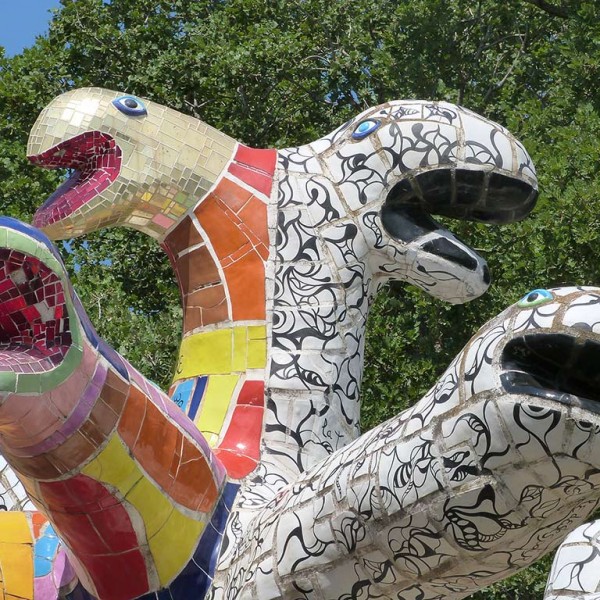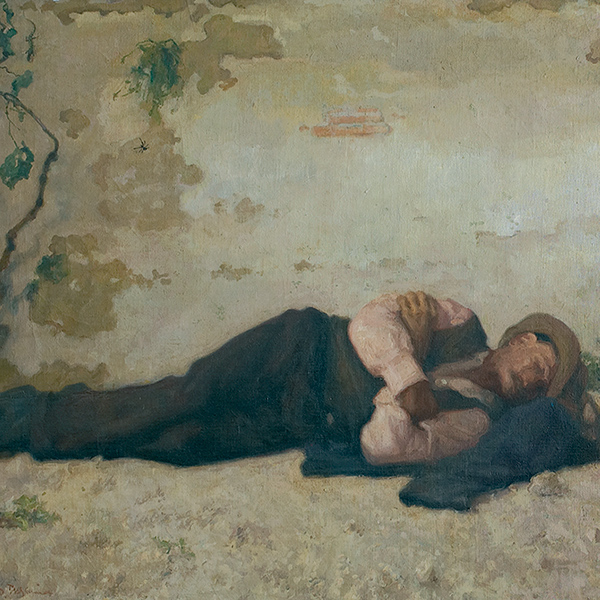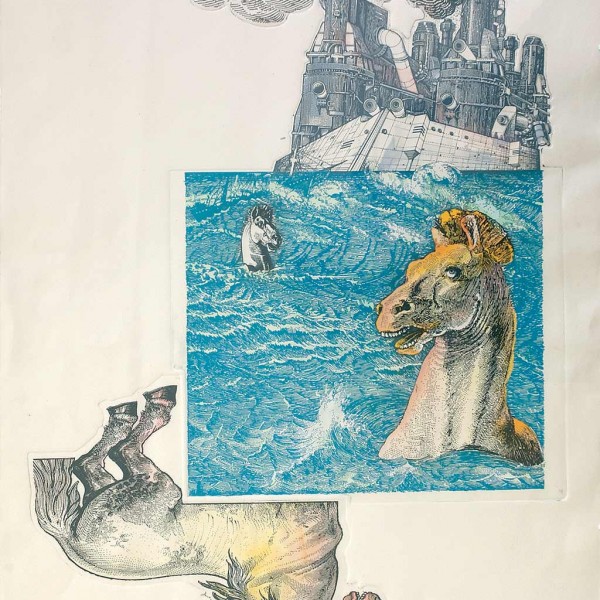Hic Terminus Haeret (here is the end of all things) is the Latin motto that serves as subtitle to the foundation set up in 1997 by celebrated artist Daniel Spoerri (1930) who uses ready-made materials.
The ambiguity of the motto is typical of the artist’s passion for word-plays and attractions that generate opposing poles. Terminus, an epithet of Jupiter, also means “boundary”, the threshold between everyday reality and the artistic dimension, underlined by the verb “haeret” meaning to stick like glue, a fundamental material in Spoerri’s work. In the garden of 16 hectares snares and magical traces are encountered along the paths. The florid vegetation and the signs of man set up a fertile relationship, at times harmonious, at others strained. During a walk through this corner of Monte Amiata you therefore have the opportunity to observe an extraordinary variety of flora, views over the landscape that have stimulated artistic interventions directed by Spoerri.
More than 100 sculptures have been installed here, some by the artist, others by his famous friends (Tinguely, Aeppli, Paik, Barni, Soto etc.) or by artists whose poetic sensibilities fit with his in a great metaphor of existence.
Bronze is the preferred material, perfectly cast by specialist foundries (Caporella and later Vaghi). Visitors can stop and eat at the restaurant Non solo eat art … in the town where accommodation is also available.
PASS ENTITLES HOLDER TO DISCOUNT ON PRICE OF ADMISSION

